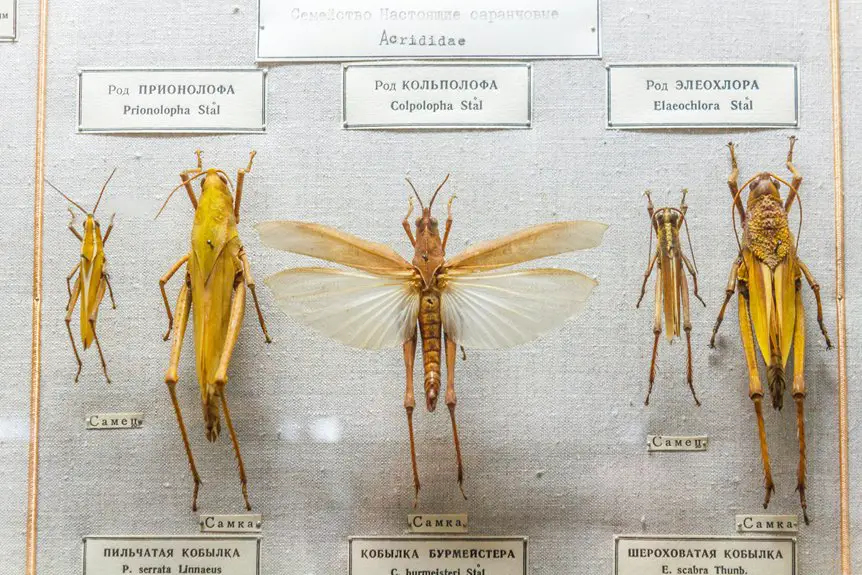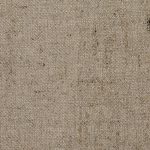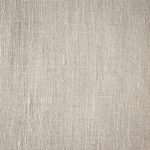Imagine wearing a fabric that not only feels great but also helps keep pesky insects at bay. Naturally insect-repellent fabrics, often infused with plant-based ingredients, offer a fascinating alternative to traditional chemical repellents. These materials promise comfort and safety, especially for those with sensitive skin. But how effective are they really, and what should you know before choosing them for your outdoor adventures?
Table of Contents
Key Takeaways
- Yes, naturally insect-repellent fabrics are made from fibers like cotton or hemp infused with plant-based repellents.
- Common natural repellents include citronella, eucalyptus, lavender, neem, and peppermint.
- Application methods for these fabrics include spray-on, soaking, wash-in treatments, and embedding during manufacturing.
- Natural insect-repellent fabrics are eco-friendly, safe for sensitive skin, and suitable for children and pets.
- While effective, they may not provide the same level of protection as synthetic options in high-infestation areas.
Understanding Natural Insect-Repellent Fabrics
When you think about protecting yourself from pesky insects, natural insect-repellent fabrics mightn’t be the first thing that comes to mind. However, these innovative materials can offer an effective barrier against bugs.
Made from fibers like cotton or hemp, they’re often infused with natural insect-repelling properties, providing a safer alternative to chemical repellents. You’ll find that these fabrics are breathable and comfortable, making them perfect for outdoor activities.
In addition to repelling insects, they may also resist mold and mildew, extending their usefulness. As you explore options, consider garments or home textiles that incorporate these fabrics.
Key Plant-Based Repellents and Their Effectiveness
Natural insect-repellent fabrics often harness the power of plant-based repellents, which play an essential role in enhancing their effectiveness. You’ll find several key plant-based repellents that stand out for their ability to deter insects naturally. Here’s a quick overview of some popular options:
| Repellent | Effectiveness |
|---|---|
| Citronella | Effective against mosquitoes, lasts a few hours |
| Eucalyptus | Strong repellent for various biting insects |
| Lavender | Repels mosquitoes and moths, has a pleasant scent |
| Neem | Disrupts insect life cycle, effective against pests |
| Peppermint | Deters ants and spiders, invigorating aroma |
Methods of Applying Natural Repellents to Textiles
When you consider applying natural repellents to textiles, you’ll want to explore various application techniques that work best for your chosen fabric.
Not every method will suit every material, so understanding fabric compatibility is vital.
Additionally, you’ll need to assess the efficacy and longevity of the repellents to guarantee they meet your needs.
Application Techniques Overview
Applying natural repellents to textiles can markedly enhance their effectiveness against insects, giving you a practical solution for outdoor activities.
You can choose several application techniques to achieve ideal results. Spray-on methods are popular, allowing you to evenly coat the fabric with a repellent solution, ensuring full coverage.
Alternatively, you might consider soaking the fabric in a diluted repellent mixture, which allows for deep penetration of the fibers.
Another effective technique is to use wash-in treatments during laundry, integrating the repellent directly into the fabric.
Finally, you can explore the option of embedding natural repellents during the manufacturing process, creating a long-lasting effect.
Each method has its benefits, so think about what suits your needs best.
Fabric Compatibility Options
Choosing the right fabric for applying insect-repellent treatments is essential for effectiveness. Natural fibers like cotton, linen, and wool tend to absorb repellents well, allowing for a more even distribution.
Synthetic fabrics, such as polyester and nylon, can also be treated, but their ability to hold onto the repellent may vary. You might consider pre-treating your fabric or opting for blends that combine the benefits of both natural and synthetic materials.
Always check the manufacturer’s guidelines before applying any treatment, as some fabrics may react unpredictably. Testing a small area first can help guarantee compatibility.
Efficacy and Longevity
After selecting the right fabric, understanding how to effectively apply natural insect repellents is essential to maximizing their efficacy and longevity.
You can start by treating your textiles with essential oils like citronella or eucalyptus, which you can dilute in water or a carrier oil. Spray or soak the fabric, ensuring even coverage.
Another option is to infuse the repellents into the fibers during the manufacturing process, enhancing durability.
Remember, periodic reapplication is vital, especially after washing or exposure to the elements. For best results, test a small area first to check for any adverse reactions.
How Insect-Repellent Fabrics Function
Insect-repellent fabrics work by incorporating natural compounds that deter pests without harming the environment.
These fabrics often utilize essential oils or plant-based extracts, such as citronella or eucalyptus, which insects find unappealing. When you wear or use these textiles, the repellent properties create a barrier that helps keep bugs at bay.
The process involves infusing the fibers with these compounds during manufacturing or applying them as a treatment afterward. This method allows the fabrics to retain their breathability and comfort while providing protection.
As you move, the repellent compounds release subtle scents that further discourage insects, making your outdoor activities more enjoyable.
Benefits and Limitations of Natural Repellent Fabrics
While you might appreciate the natural appeal of insect-repellent fabrics, it’s essential to weigh both their benefits and limitations.
On the positive side, these fabrics often use eco-friendly materials, making them a sustainable choice. They can effectively deter insects without harsh chemicals, which is great for sensitive skin or environments with children and pets.
However, they may not offer the same level of protection as synthetic options, especially in high-infestation areas. The effectiveness can also diminish over time due to washing or wear.
Natural insect-repellent fabrics may lack the protection of synthetic alternatives, especially in areas with high insect populations.
Additionally, these fabrics might come at a higher price point, limiting accessibility for some consumers.
Ultimately, balancing your preferences with these factors will help you decide if natural insect-repellent fabrics are right for you.
Market Trends and Examples of Usage
As consumers increasingly prioritize sustainability, the demand for naturally insect-repellent fabrics is on the rise. Brands are starting to recognize this trend, incorporating eco-friendly materials into their product lines.
You might find these fabrics in various applications, enhancing your lifestyle while keeping pests at bay.
Here are three examples of usage:
- Outdoor apparel: Hiking gear made from hemp or bamboo can help repel insects without harmful chemicals.
- Home textiles: Natural cotton or linen curtains can deter bugs while offering a stylish look in your living space.
- Bedding: Sheets infused with natural oils can create a more comfortable sleeping environment, free from insect disturbances.
Embracing these fabrics not only benefits you but also supports a healthier planet.
Frequently Asked Questions
Can Natural Insect-Repellent Fabrics Be Washed Normally?
You can usually wash natural insect-repellent fabrics like regular clothes, but check the care label first. Avoid harsh detergents and high heat to maintain their repellent properties and fabric integrity for longer-lasting use.
How Long Does the Repellent Effect Last?
The repellent effect can fade like morning mist, typically lasting through several washes. You’ll want to check the fabric’s care instructions, as some may maintain their properties longer with proper washing and drying techniques.
Are These Fabrics Safe for Children and Pets?
You’ll find that many insect-repellent fabrics are safe for children and pets, but it’s essential to check the manufacturer’s guidelines. Always prioritize your loved ones’ safety by ensuring the materials meet safety standards before use.
Can I Customize the Insect-Repellent Fabric Color?
Imagine draping your space in colors that dance like sunlight on water. Yes, you can customize the insect-repellent fabric color to match your vibe, making your surroundings both stylish and functional. It’s a win-win!
Where Can I Purchase Natural Insect-Repellent Apparel?
You can purchase natural insect-repellent apparel from specialty outdoor retailers, online marketplaces, or eco-friendly clothing brands. Check their websites for options, or visit local stores to explore selections that suit your style and needs.
- Jaclyn Smith Fabric Coconut: a Review of This Rayon/Polyester Blend - June 29, 2025
- Jaclyn Smith Fabric Coconut: a Review of This Rayon/Polyester Blend - June 29, 2025
- How to Get Coconut Oil off Fabric Without Washing - June 29, 2025






